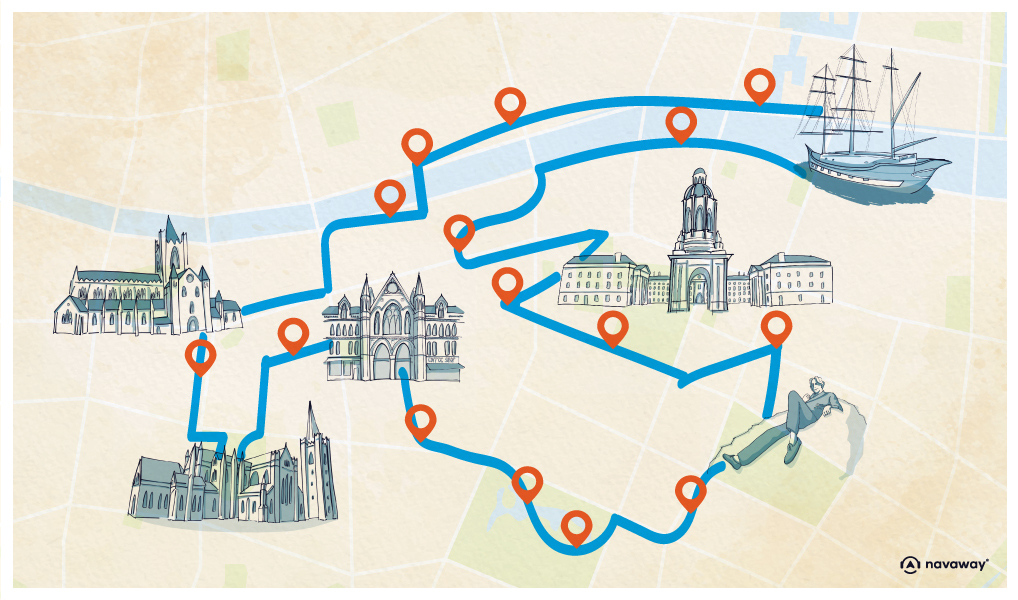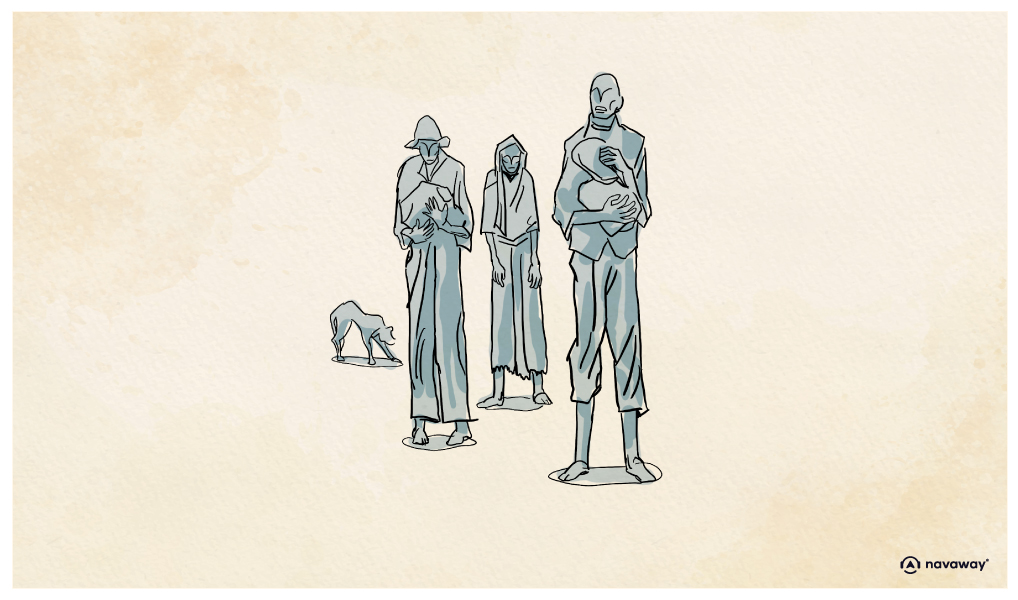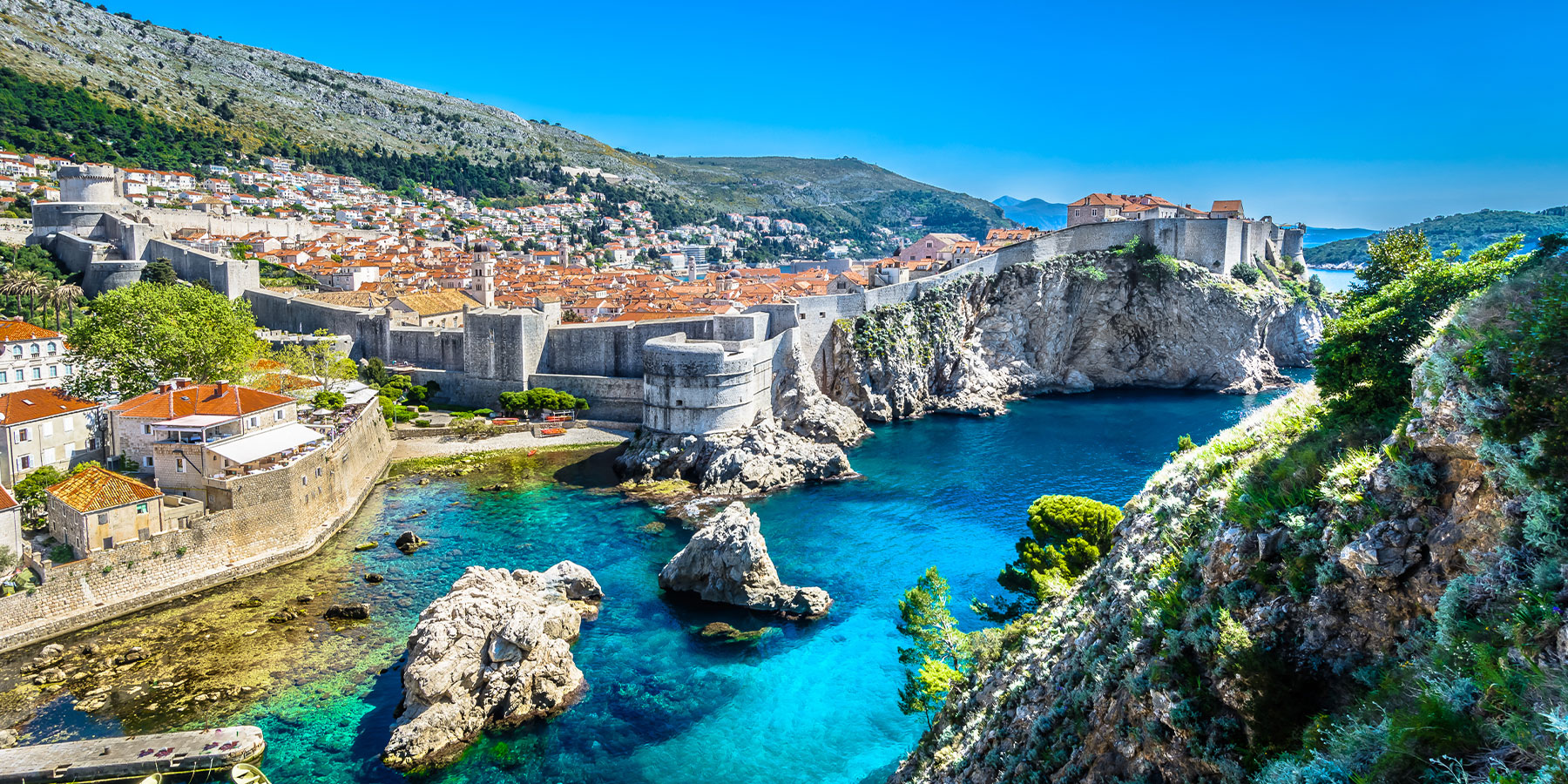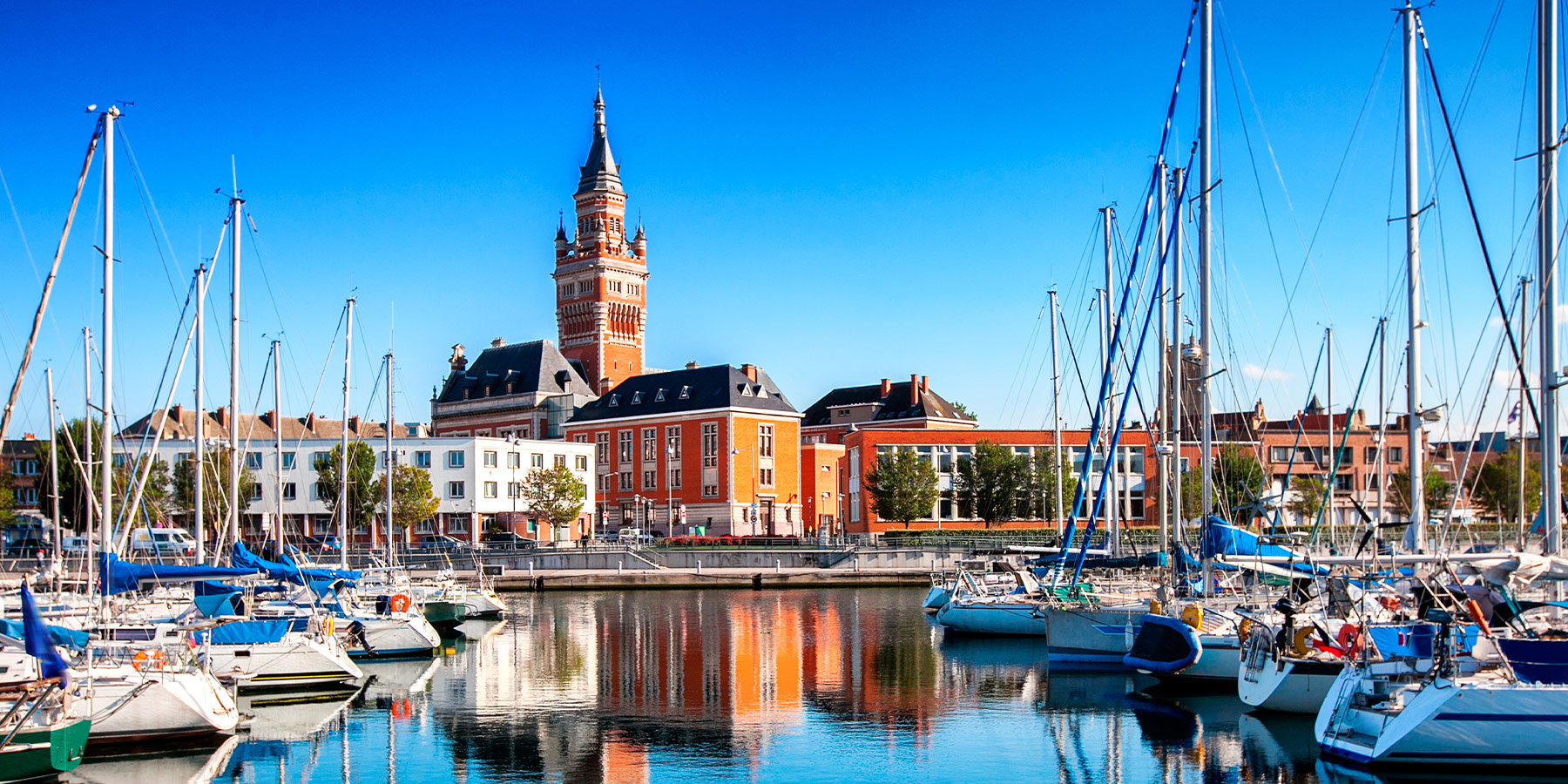
The Famine Memorial

This point of interest is available as audio on the tour: Visit Dublin, From celtic to dynamic, there’s only one step between!
Neither crowded nor particularly massive, this memorial holds a special place in Dubliners’ hearts. Between 1845 and 1849, Ireland was devastated by the Great Famine, a period of extreme poverty and mass death. To understand how such a tragedy occurred, it’s important to know that Irish farmers were heavily dependent on English landlords, often renting them small parcels of land. With Ireland’s damp and cloudy weather, the Irish had no other choice than to feed themselves on potatoes, capable of nourishing large families. But in 1845, a microscopic fungus called potato blight destroyed the harvest, making the potatoes inedible. Other crops, such as grain, were reserved for export to England, leaving the Irish with nothing to replace their only food source. Despite the urgent crisis, England continued its exports, abandoning Ireland even though it was under British rule. The island, seen as a mere “food basket”, lost between 500,000 and 1 million people to starvation, despite humanitarian efforts from countries such as Italy, France, and the United States. The Sultan of the Ottoman Empire even offered a donation of £10,000, while Queen Victoria only gave £1,000. Legend says, and it probably did happen, that her advisor asked the Sultan to reduce his donation so that it did not exceed the Queen’s contribution. Such actions only intensified political tensions between Ireland and England. Since 1997, this tragedy has been commemorated by introducing this haunting sculpture, depicting gaunt figures dragging themselves forward. Designed by Dublin sculptor Rowan Gillespie, the memorial’s location is no coincidence, as it was from these very quays where the Irish departed for transatlantic expeditions. The ship “Perseverance” was the first vessel to leave from here, setting sail on St. Patrick’s Day in 1846. All 210 passengers on board survived the journey and arrived in New York two months later. Nearby, you will also see a commemorative plaque gifted by Canada, honoring the many Irish immigrants who started from scratch in North America. A collection of statues was also installed in Toronto, in response to the Dublin artwork, representing the arrival of Irish immigrants in Canada and their contribution to the country’s development. Next to the statues, you will also find “The World Poverty Stone”, marking the United Nations’ International Day for the Eradication of Poverty. This monument honors those still suffering from famine today.It expresses a refusal to accept ongoing extreme poverty and calls for unity in defending human rights.


Discover Dublin with app
An interactive guide through the most beautiful streets, squares, and districts
20 fun audioguides full of historical facts, anecdotes, and legends





Comments